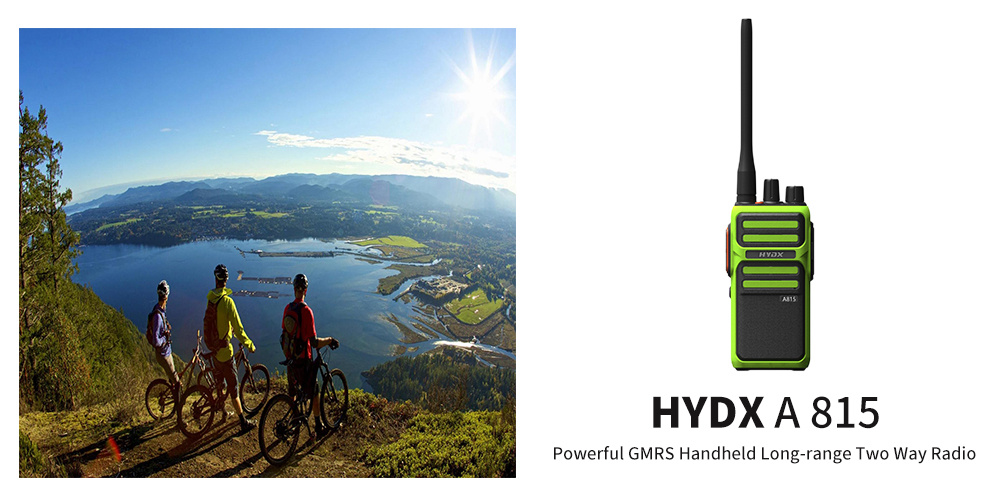The following two rescue stories are great examples of why amateur radio is important. The first story occurred in Wisconsin and is told by ARRL member Scott Strecker, KG9IV. In his own words, Strecker shares how he was able to help a ham in distress. Thanks to the Chippewa Valley Amateur Radio Club in Wisconsin, an ARRL Affiliated Club, for this information.
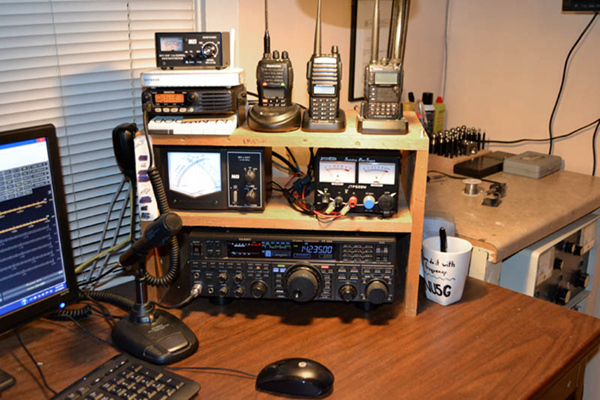
"It was Friday, which meant I worked from my home office. I have the VHF radios on low to monitor them in the background. Recently, I got into the Allstar node with a hotspot. I use it to monitor the FM38 systems.
At about 7:45 AM, I heard the Allstar node come up. An individual in distress was asking for assistance to get an ambulance to him. It was a ham in Brown Deer, Wisconsin. He had slipped on his bathroom floor and went down so hard he could not get up, but he happened to have his handheld with him. He did not have access to the phone, and he lived alone.
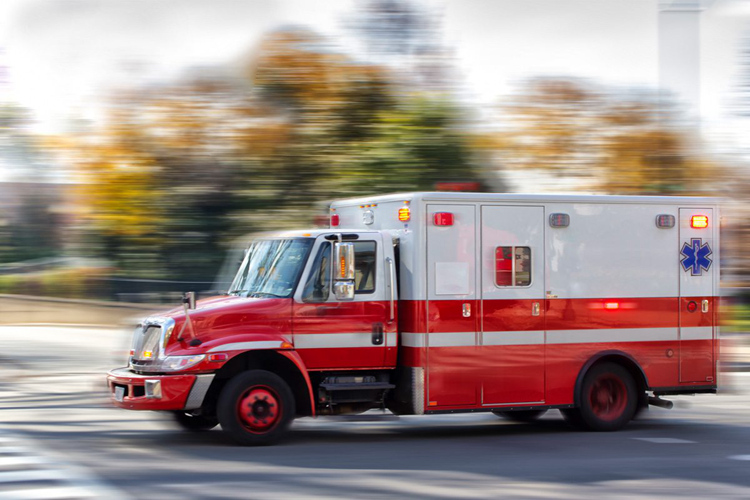
I called the Brown Deer police call center. The dispatcher got the fire department rolling and then started asking me for more details. I had the dispatcher on speaker phone, and he could hear the hams' responses to the questions. It felt good to help out. I also realized it was due to my monitoring that I was able to hear his call.
In addition to Strecker's story, newly licensed amateur radio operators Shannon Vore, KK7GVG, also shared a rescue story. On September 13, 2022, in the Rocky Mountains in northwest Idaho, they were out for a weekend of four-wheeling in their Jeep. The area is an extremely mountainous region with no towns, very few people, no facilities, and no cell phone coverage. The nearest airfield is Horse Haven Trail, an unimproved dirt strip that's severely eroded and covered with rocks and debris.
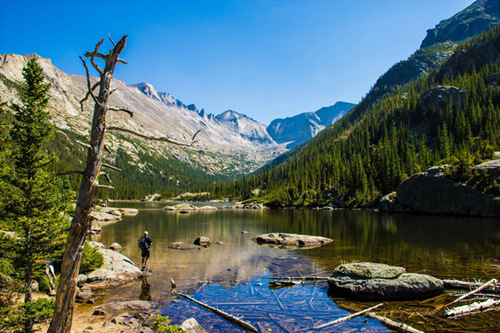
At about 4:30 PM, Vore and Bouchard were taking a break when an approaching truck notified them of an ATV accident involving two teenage girls. The accident scene was just a few miles away, and when they arrived it was clear the teenagers were critically injured. Bouchard was unable to contact several local repeaters, but was finally able to make contact using a simplex frequency (146.420 MHz) that's popular with the hams in Coeur d'Alene, 20 miles from the accident site.
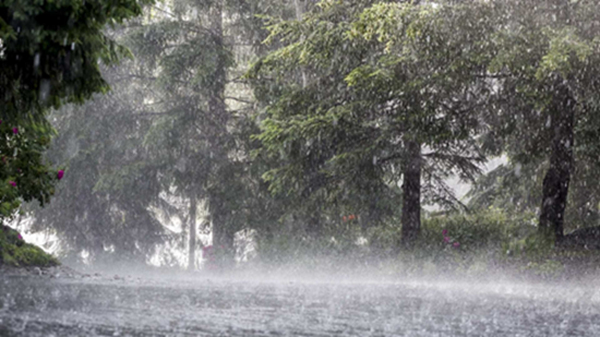
For nearly 2 hours, Vore and Tappero provided relay between the 911 dispatcher, advising the condition of the injured and the approaching weather. Life Flight Network was unable to respond because of a severe thunderstorm immediately over the rescue site. Tappero continued to provide relay information for all parties until 6:00 PM, when the EMT's arrived. The teenagers were in stable condition and immediately transported to the nearest hospital. Today, they're in good condition and recovering.
